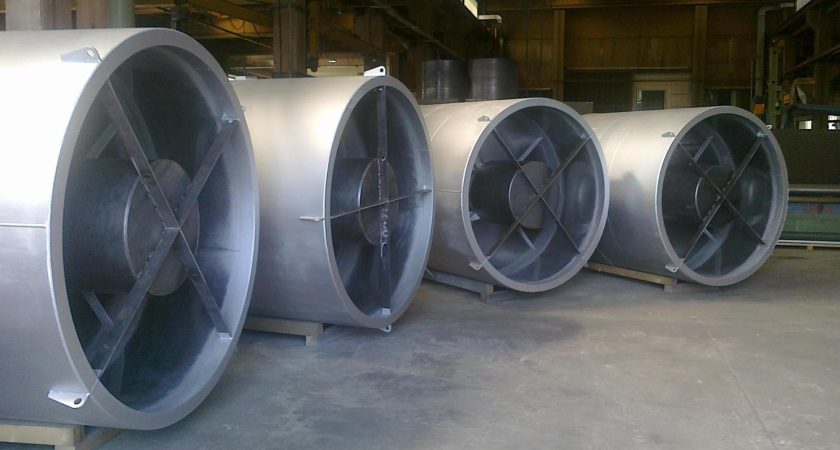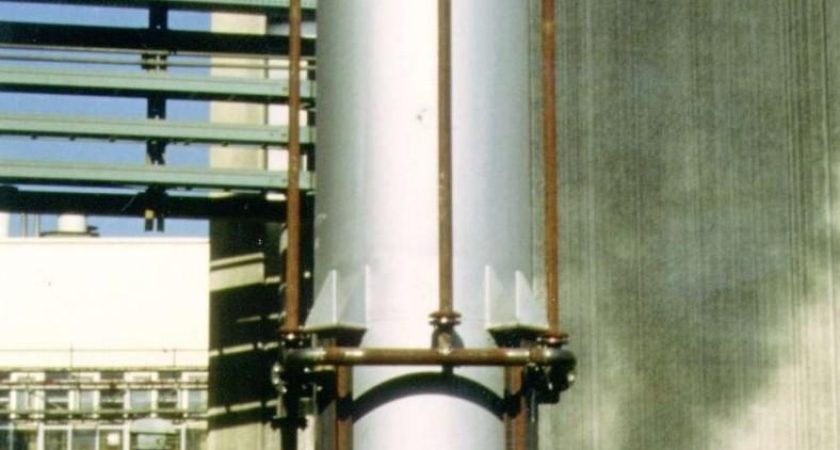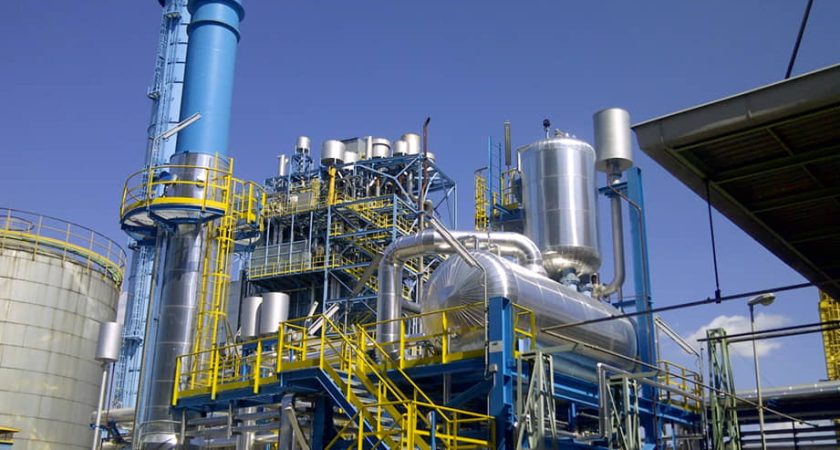STOPSON Italiana vent silencers are designed to effectively reduce the noise generated by the discharge into the atmosphere of pressurized gaseous fluids, such as air, steam, natural gas, nitrogen, oxygen, carbon dioxide, etc.
They are installed downstream of any equipment connected to pressurized gas tanks, to reduce the acoustic impact on the environment. Depending on the needs, the silencer can be configured to offer a high or low level of back pressure, thus ensuring the correct functioning of the system.
Noise reduction is achieved through two complementary principles:
Our silencers can be:
Depending on the application and acoustic requirements, abatements of up to 75 dB(A) can be achieved.









Typical applications for vent silencers are:
Vent silencers are equipped with standard head connections, bottom supports and drainage pipe
Sizing Information
To select the most suitable model, it is essential to have the following operating and acoustic data
Description and principle of operation
SPM model silencers are mainly reactive type, but can also be made in a mixed reactive-absorbing configuration to meet more stringent acoustic requirements. The pressurized fluid (air, steam, natural gas, nitrogen, oxygen, CO₂, etc.) enters through an inlet nozzle and expands into a diffuser (if present), where the first acoustic attenuation is obtained.
To achieve the desired residual noise level, an absorbing section consisting of sound-absorbing material (rock or glass wool) attached to the silencer body by perforated steel sheets and, in the case of high flow velocities, covered with fiberglass fabric, follows.
Typical Applications:
Multi-Input Configuration (Optional):In the presence of multiple flows, it is possible to adopt a solution with multiple inlet nozzles, each with a dedicated diffuser. The flows are then conveyed into an absorbing section designed according to the simultaneity of the flows, thus ensuring compliance with the required acoustic limits.
Compact and efficient design:Thanks to the high efficiency of the diffusers and the possibility of accepting significant back pressures, the silencers can be made in cylindrical or rectangular shape, with a lighter and more convenient design, optimized both acoustically and mechanically.
Main technical data:
These silencers are also designed to take into account the thermal expansion of the upstream pipes: the inlet nozzle can act as a fixed point or be equipped with axial or axial-radial expansion joints, avoiding the transfer of loads from the pipe to the silencer.
Description and principle of operation
PSP model silencers are designed for applications with lower flow rates and very low back pressures. The pressurized fluid passes through an expansion chamber and an absorbing section with sound-absorbing material (rock or glass wool), held by perforated sheet metal and protected with fiberglass fabric if necessary.
The PSP 35 is a purely absorbent, diffuser-free silencer with an expansion chamber to reduce acoustic energy.
The PSP 45 model is of the mixed type, with gradual expansion by means of perforated concentric cylinders and subsequent absorbent section, designed to ensure minimum back pressure.
Typical Applications:
Optimized design for low back pressure:The internal geometry is designed to minimize flow resistance, while maintaining reliable acoustic performance. The compact construction makes the PSPs ideal for installations where lightweight, simple and low pressure drop solutions are required.
Main technical data:
Stopson’s vent silencers are designed to allow for thermal expansion between different parts. Because they are devices that are open to the atmosphere, design and pressure testing are not necessary. If they are not directly supported by the fluid inlet pipe, silencers provide a stable point. In this case, an axial or axial/radial thermal expansion compensation system must be provided. When an inlet expansion joint is provided, no load must arrive on the silencer inlet pipe from the exhaust pipeline.